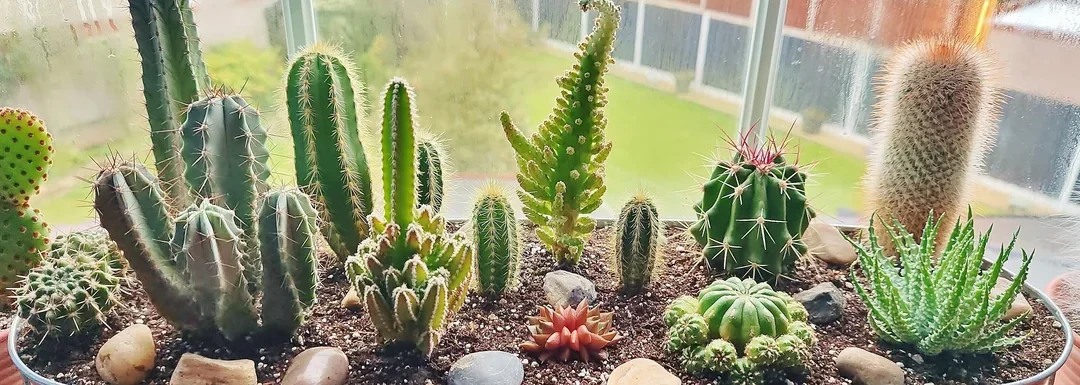Indoor plants bring life, freshness, and positive energy to a home, but they also require the right care to thrive.
One of the most important aspects of plant care is watering. Too much or too little water can damage the plant, and many beginners lose their plants because they don’t understand the best watering methods.
The truth is, watering is not just about pouring water into the pot; it’s about choosing the right technique that suits both the type of plant and the indoor conditions.
By mastering the proper watering methods, you not only keep your plants alive but also help them grow lush, green, and healthy.
Let’s look at 8 of the best ways to water indoor plants and understand how each method works.
1. Top Watering
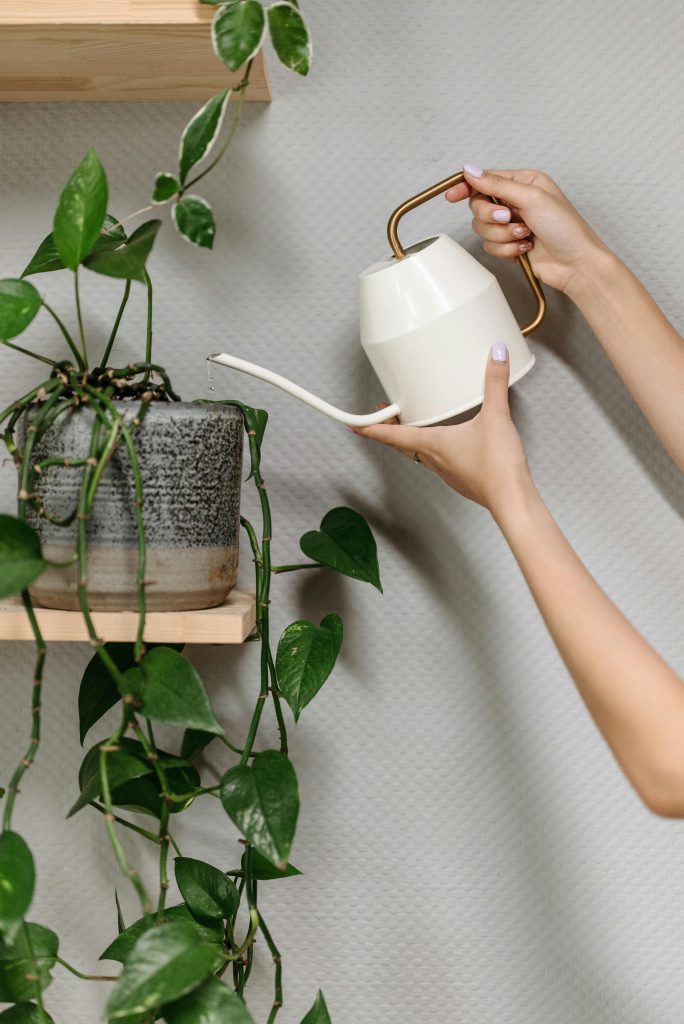
Top watering is the simplest and most commonly used method. It involves pouring water directly onto the surface of the soil, allowing it to seep down through the pot.
While it seems straightforward, there is a right and wrong way to do it. Many people pour water too quickly, causing the liquid to run down the sides of the pot and leave the center roots dry.
To do it correctly, water slowly and evenly across the soil until you see a little water draining from the holes at the bottom of the pot.
This ensures the roots receive an even distribution of moisture.
One advantage of top watering is that it washes away built-up salts and minerals from fertilizers. These salts often accumulate on the surface and can harm root health if not flushed out.
Top watering is also suitable for plants that don’t like having wet leaves, since you can target the soil directly.
However, this method requires regular monitoring. Some dense soils may not absorb water evenly, leading to dry pockets inside the pot. A good practice is to loosen compacted soil occasionally so water can penetrate fully.
2. Bottom Watering
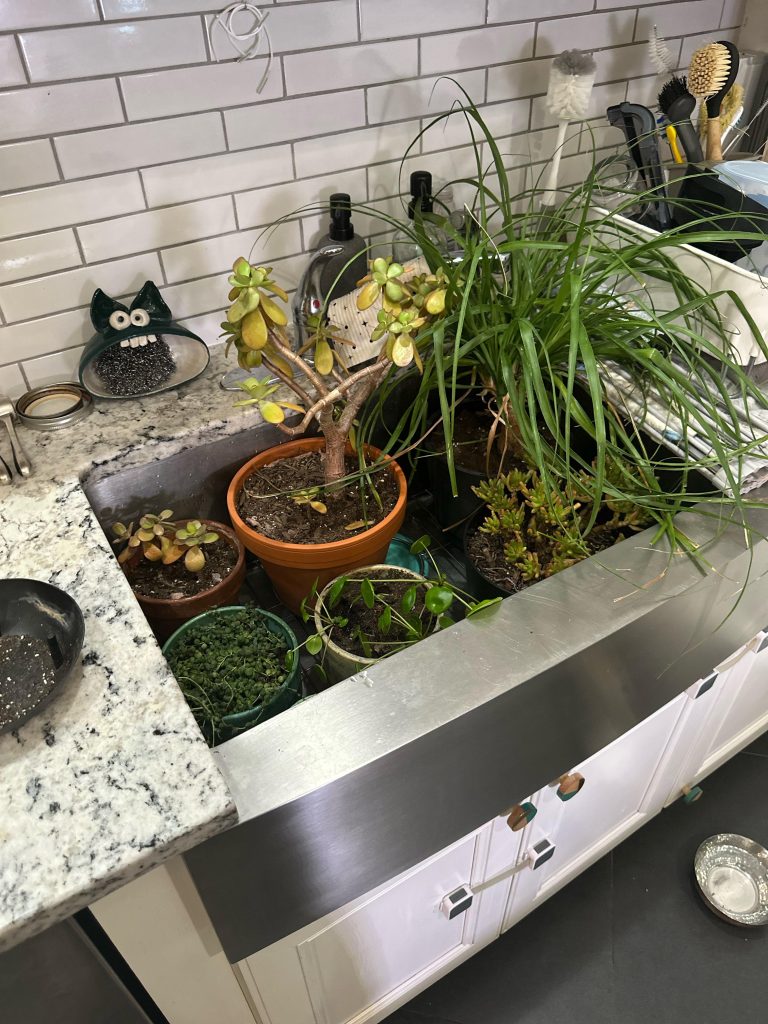
Bottom watering is a technique that allows plants to drink from below rather than being watered from above.
To do this, place the plant pot in a shallow tray or sink filled with a few inches of water and leave it there for about 15 to 30 minutes.
The soil will absorb water through the drainage holes at the bottom of the pot until it reaches the root zone.
This method has several benefits. It encourages roots to grow downward in search of moisture, making the plant stronger and more stable.
It also prevents overwatering from above and reduces the risk of fungal diseases that come from wet foliage.
Bottom watering is especially useful for small pots and plants that are sensitive to water sitting on their leaves, such as African violets.
However, bottom watering does not flush out accumulated salts and minerals as effectively as top watering.
To balance things, many plant enthusiasts alternate between bottom watering and top watering every few weeks.
This ensures the soil gets both deep moisture and occasional flushing.
3. Self Watering Pots
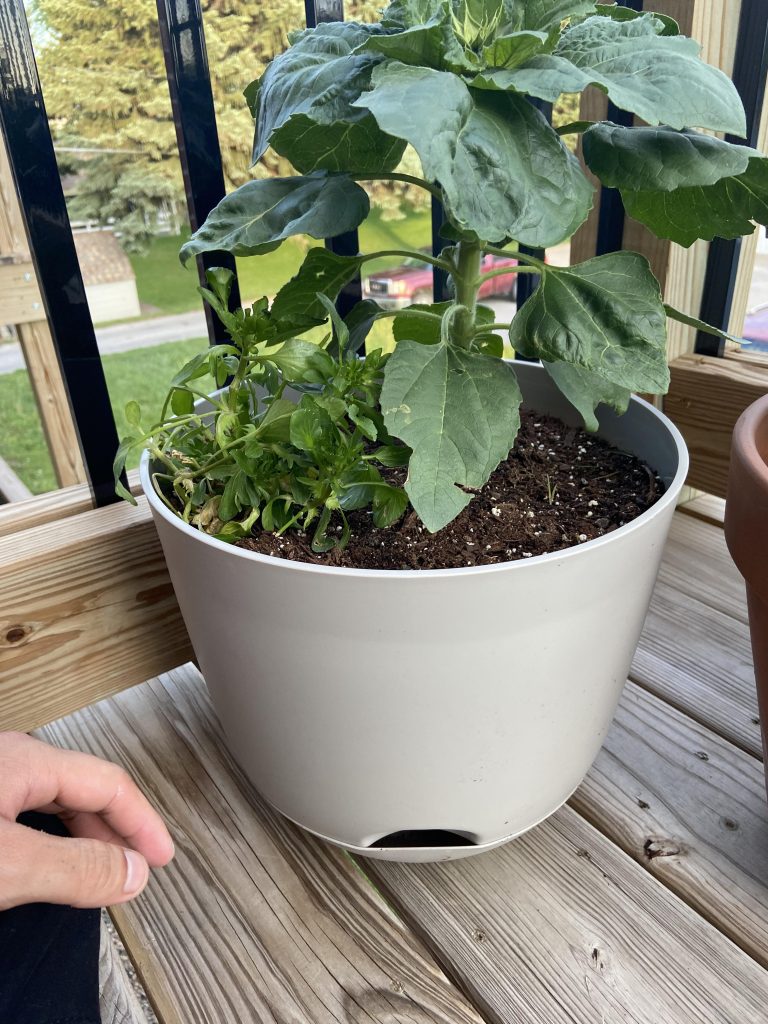
For people with busy schedules or frequent travel plans, self-watering pots are a convenient solution.
These pots usually come with a reservoir at the bottom that stores water. The plant then absorbs the needed amount gradually through capillary action.
This method ensures that the plant receives consistent moisture without the risk of overwatering.
Self-watering pots are especially helpful for moisture-loving plants like ferns, peace lilies, or calatheas, which don’t tolerate dry soil well.
By maintaining even soil moisture, these pots reduce plant stress and promote steady growth. Another advantage is water efficiency, since there’s little waste compared to regular watering methods.
But self-watering systems are not ideal for every plant. Succulents and cacti, which prefer their soil to dry out between waterings, may suffer root rot if kept constantly moist.
For these types of plants, traditional watering methods are better. If you use self-watering pots, it’s still important to clean and refill the reservoir regularly to avoid algae buildup and keep the water fresh.
4. Using a Watering Can with a Narrow Spout
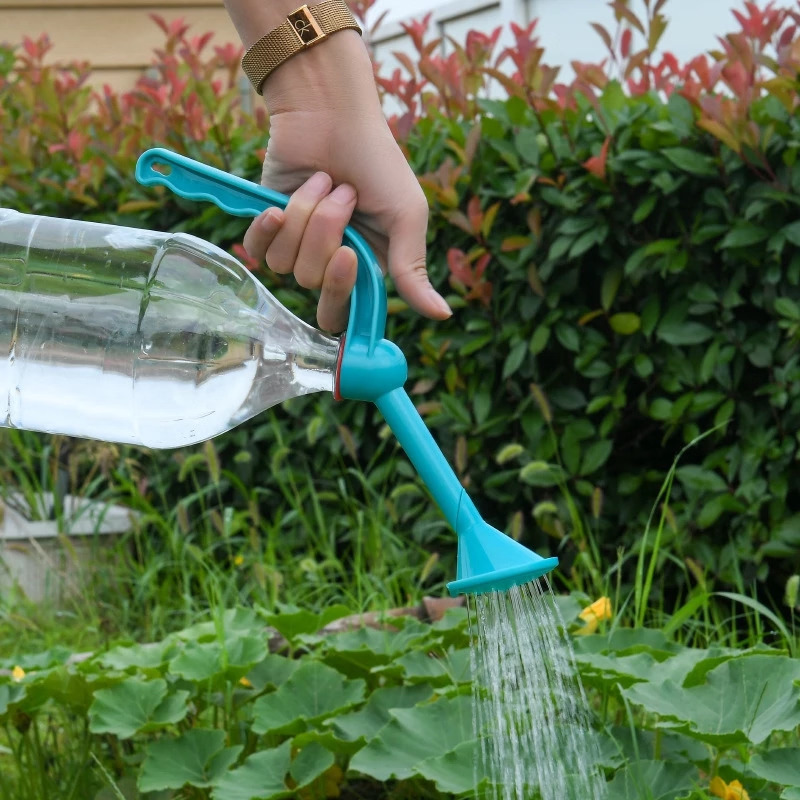
Sometimes, watering is less about how water enters the soil and more about how it is delivered.
A watering can with a long, narrow spout allows you to control water flow precisely, especially in pots with dense foliage or hanging plants where water needs to reach the soil without splashing the leaves.
This is particularly important for plants prone to leaf rot or fungal infections when water sits on their foliage.
With a narrow spout, you can also water around the edges of the pot to encourage roots to grow outward rather than staying clumped in the center.
This promotes stronger and more evenly distributed root systems. Additionally, the gentle stream prevents soil displacement, which can happen when pouring water directly from a cup or bottle.
Soil that gets disturbed frequently loses its structure, leading to poor aeration and uneven absorption.
This method works well in combination with other techniques.
For example, if you prefer top watering but want more control, using a narrow-spout watering can makes it easier to provide the right amount without flooding the soil.
5. Misting for Humidity Loving Plants
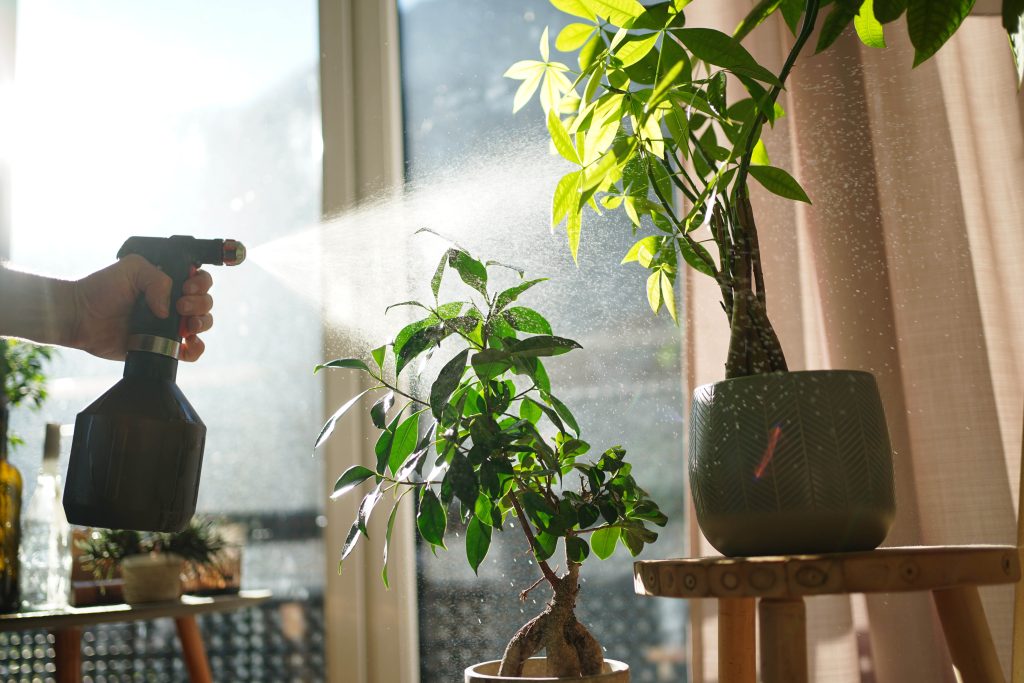
While misting is not a primary watering method, it is highly beneficial for plants that thrive in high humidity environments, such as ferns, orchids, calatheas, and tropical varieties.
Indoor air, especially in air-conditioned or heated rooms, can be very dry, and misting helps replicate the natural humidity these plants enjoy in the wild.
To mist correctly, use a spray bottle that produces a fine mist and spray the leaves lightly in the morning so they dry during the day.
Avoid heavy spraying that leaves water dripping from the leaves, as this can encourage fungal issues. Misting is best used as a supplement to regular watering rather than a replacement.
The soil still needs to be watered properly because misting alone cannot provide enough hydration for the roots.
In addition to misting, you can increase humidity by placing plants together in groups, using pebble trays filled with water under pots, or running a humidifier nearby.
When combined with correct soil watering, misting helps sensitive plants stay vibrant and healthy.
6. Wick Watering System
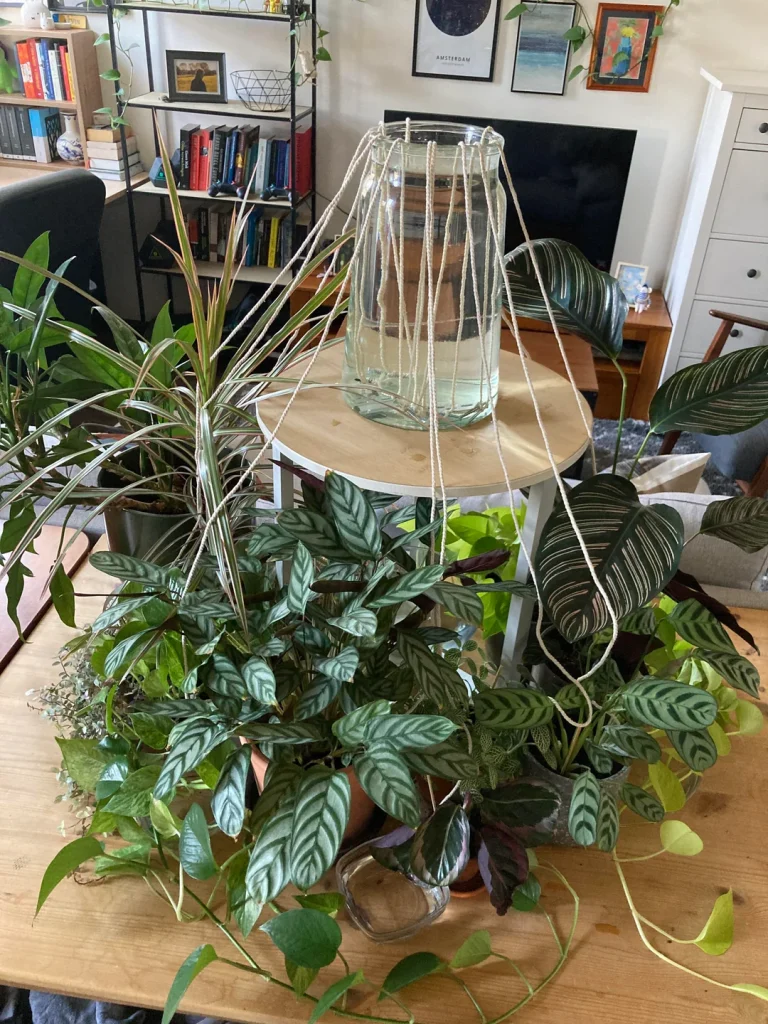
The wick watering method is a low-maintenance way of providing consistent moisture to indoor plants.
It involves placing a cotton or nylon wick between the plant pot and a water reservoir. The wick draws water upward into the soil slowly as the plant needs it.
This method is often used for plants that require steady moisture and for plant owners who prefer a hands-off approach.
Wick watering is particularly useful when you have many plants to care for or when you’re away for several days.
It prevents soil from drying out completely and reduces the chances of overwatering since the plant only takes up as much water as it needs.
However, wick systems work best with lightweight, well-draining soils. Heavy or compacted soils may not absorb water effectively through the wick.
Another consideration is that, like self-watering pots, this system is not suitable for succulents or plants that prefer dry soil conditions. It’s more effective for tropical or foliage plants that thrive in evenly moist environments.
7. Ice Cube Watering
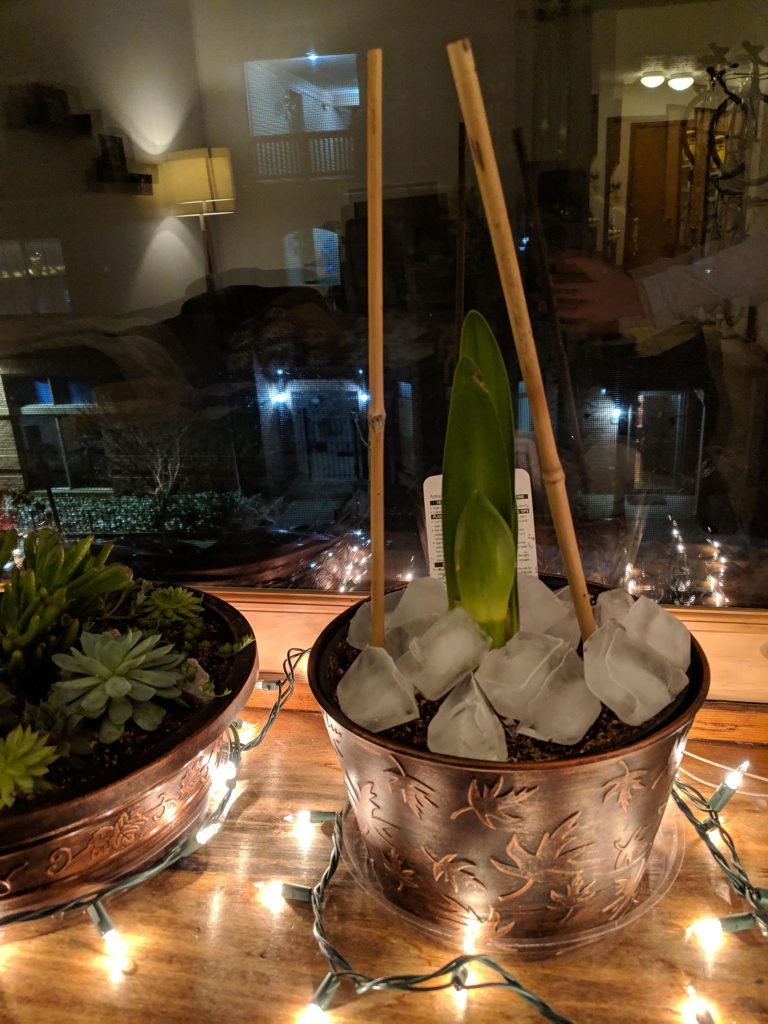
Ice cube watering is a clever and controlled way of hydrating indoor plants, especially smaller ones or orchids.
The idea is to place a few ice cubes on top of the soil and let them melt slowly, releasing water gradually into the root zone.
This prevents overwatering and avoids flooding the soil. It’s particularly useful for plants in small pots where too much water can easily overwhelm the roots.
Many orchid owners use this method because orchids don’t like sitting in soggy soil, and the slow melting gives roots time to absorb just enough moisture.
Another benefit is convenience; instead of measuring or guessing the right amount of water, you can simply place two or three cubes depending on the pot size.
However, it’s important to avoid putting ice cubes directly against delicate roots or stems, as the extreme cold may cause damage.
This technique works best when the ice cubes are spread evenly on the soil surface so the chill dissipates as they melt.
8. Capillary Mat Watering
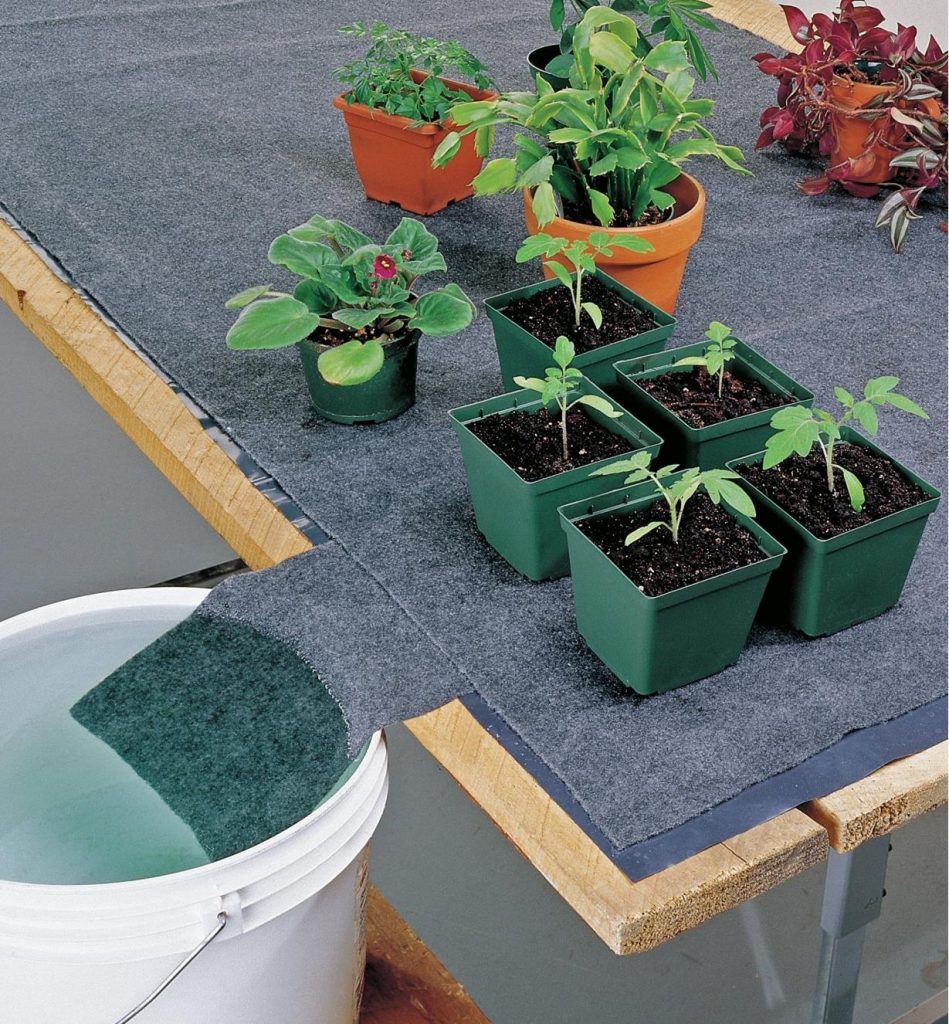
Capillary mat watering is an efficient method for people with multiple houseplants or for those who want a semi-automatic watering system.
A capillary mat is made of absorbent material placed on a flat surface, often on top of a waterproof tray. When the mat is saturated with water, plant pots placed on top will draw moisture up through the drainage holes using capillary action.
This method ensures that each plant gets water as it needs it, reducing the risk of overwatering.
It’s an excellent choice for seedlings, small plants, or collections of herbs that require consistent moisture.
Capillary mats are also popular in greenhouses and with gardeners who want to save time.
The downside is that not all plants are suited for this system. Just like wick watering or self-watering pots, plants that prefer dry conditions, such as succulents and cacti, are not good candidates.
Additionally, mats must be kept clean and free of algae buildup to prevent fungal growth. When maintained properly, capillary mat watering provides a reliable and hands-off way to keep many indoor plants hydrated.
Additional Tips for Effective Watering
While choosing the right watering method is important, a few universal tips apply to all plants. Always check the soil before watering. Insert your finger about an inch deep; if the soil feels dry, it’s time to water.
For plants with specific needs, like succulents, wait until the soil is completely dry before watering again. For tropical plants, maintain evenly moist soil without waterlogging it.
Also, consider the type of water you use. Tap water may contain chlorine or fluoride, which can be harmful to sensitive plants like spider plants or peace lilies.
If possible, use filtered or distilled water, or leave tap water out overnight to allow chemicals to evaporate. Rainwater is another excellent option because it’s naturally soft and nutrient-rich.
Lastly, always pay attention to the environment. Plants in brighter light or warmer conditions will need more frequent watering, while those in lower light or cooler rooms will need less.
Seasons also play a role—plants generally need less water during winter when growth slows down.
Watering indoor plants may seem like a simple task, but it’s actually one of the most critical aspects of plant care.
Different plants and environments require different techniques, and knowing which method to use can make the difference between a thriving plant and one that struggles.
Top watering and bottom watering remain the most common and effective, while self-watering pots and wick systems provide convenience for busy plant owners.
Tools like narrow-spout watering cans help with precision, and misting ensures humidity-loving plants get the environment they need. By combining these methods with mindful observation of your plants, you’ll develop a watering routine that keeps your indoor garden lush, healthy, and beautiful.
